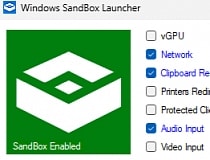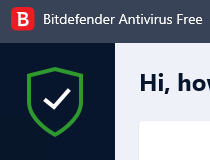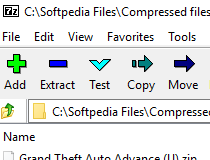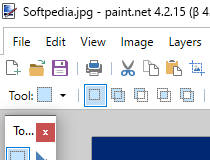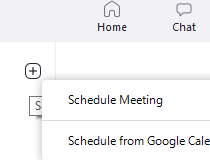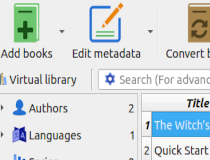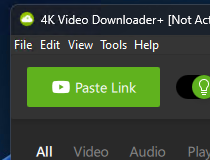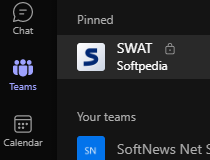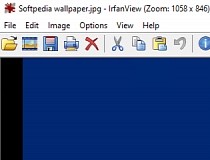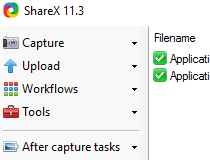A native Linux client for viewing the information feed of the official Formula-1 Web site.. #Formula-1 information #Website information #Race information #Live-F1 #Formula-1 #Website
Live F1 is a native Linux client for viewing the information feed of the official Formula-1 Web site without the need of a Java-enabled browser.
Live-F1 displays the live timing information from the track side during qualifying, races, and practice sessions. An account on formula1.com is still required.
The primary source of the live timing feed information is the data stream itself, available by connecting to live-timing.formula1.com on port 4321.
The basic protocol is a little strange, rather than the server sending data whenever it has any and relying on TCP to keep the connection open, it instead sends bursts of data whenever the client pings it.
--> (connect) 0x10 0x10
We therefore take care to ensure that if more than a second passes without any activity on the socket, we send the 0x10 byte to see if we get any more data.
So now onto the data format itself, as one might expect from a protocol which hasn't seen the love of a Unix hand, it's binary with some pretty fun bit mapping going on.
Roughly it's a sequence of packets, each one with a two-byte header that identifies the type of packet and how much data is to follow it. Unfortunately to my eye it looks like the header started out as a 16-bit int on the server and got output little-endian down the wire.
This means the header makes more sense if you flip the first two bytes around, so for the sake of example, that's what I've done in the following illustration.
_p[1] _p[0] [ | | | | | | | ][ | | | | | | | ] +-data------+ +-type-+ +-carid-+
Notice that the most significant bit of the type field is the least significant bit of the second byte, and that type's three least significant bits are the three most significant bits of the first byte.
The type of a packet can be uniquely identified by the pairing of the type field and carid field, when the carid is 0 the types appear to be largely system messages, otherwise when non-zero they are always car-related.
The data field varies according to the type of the packet, but can be pretty much defined into three categories.
The first are the "special" packets which use the data field as a handy place to store 7-bits of data particular to that packet. These packets have no following data in the stream, the next byte will be another packet.
The second are the "long" packets, these use the field to store the number of bytes that are to follow in the stream and make up the payload of the packet. This implies a maximum size of 127 bytes for data, combined with 2 bytes header, making a maxmimum packet size of 129 bytes.
The third are the "short" packets, these split the field into two parts as follows:
_p[1] _p[0] [ | | | | | | | ][ | | | | | | | ] +-len-+ +-d-+ +-type-+ +-carid-+
The most significant four bits are used to store the number of bytes that are to follow in the stream, unless the length is 0x0f (-1 perhaps?) in which case no bytes will follow in the stream. This gives us as a maximum of 14 bytes of data for a short packet, and a maximum short packet size of 16 bytes. The three least significant bits of the larger data field are used to store data particular to the packet, in particular this is always the "colour" for car packets but varies for system packets.
Finally there's an extra bugger of a packet, the system packet with type 0x07 which has zero data/length but two bytes following it.
While the packet headers themselves are in the clear, often the following data is encrypted and needs to be decrypted before it can be used (see Encryption).
What's new in Live-F1 0.2.11:
- An update to include all the new features developed during the last 10 months, plus some minor bugfixes.
Live-F1 0.2.11
add to watchlist add to download basket send us an update REPORT- runs on:
- Linux
- main category:
- Utilities
- developer:
- visit homepage
Windows Sandbox Launcher 1.0.0
Bitdefender Antivirus Free 27.0.35.146
7-Zip 23.01 / 24.04 Beta
paint.net 5.0.13 (5.13.8830.42291)
Zoom Client 6.0.0.37205
calibre 7.9.0
4k Video Downloader 1.5.3.0080 Plus / 4.30.0.5655
Microsoft Teams 24060.3102.2733.5911 Home / 1.7.00.7956 Work
IrfanView 4.67
ShareX 16.0.1
- Microsoft Teams
- IrfanView
- ShareX
- Windows Sandbox Launcher
- Bitdefender Antivirus Free
- 7-Zip
- paint.net
- Zoom Client
- calibre
- 4k Video Downloader
